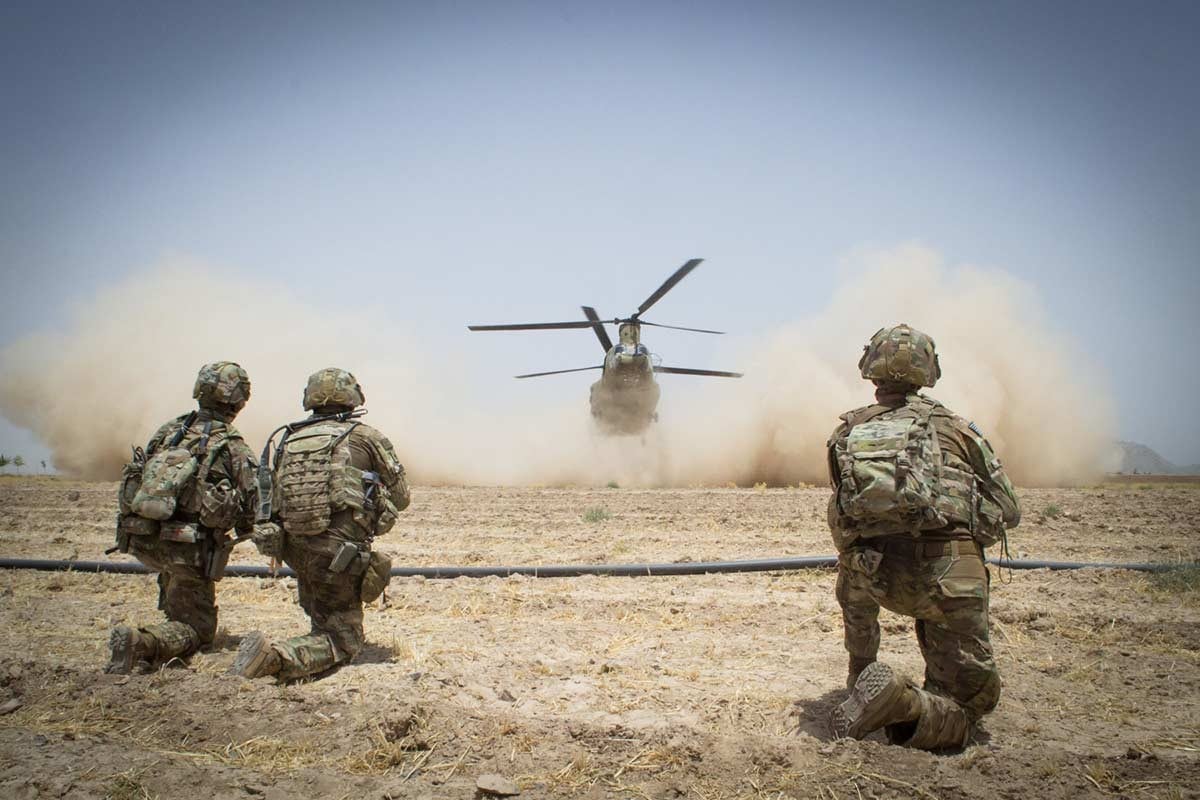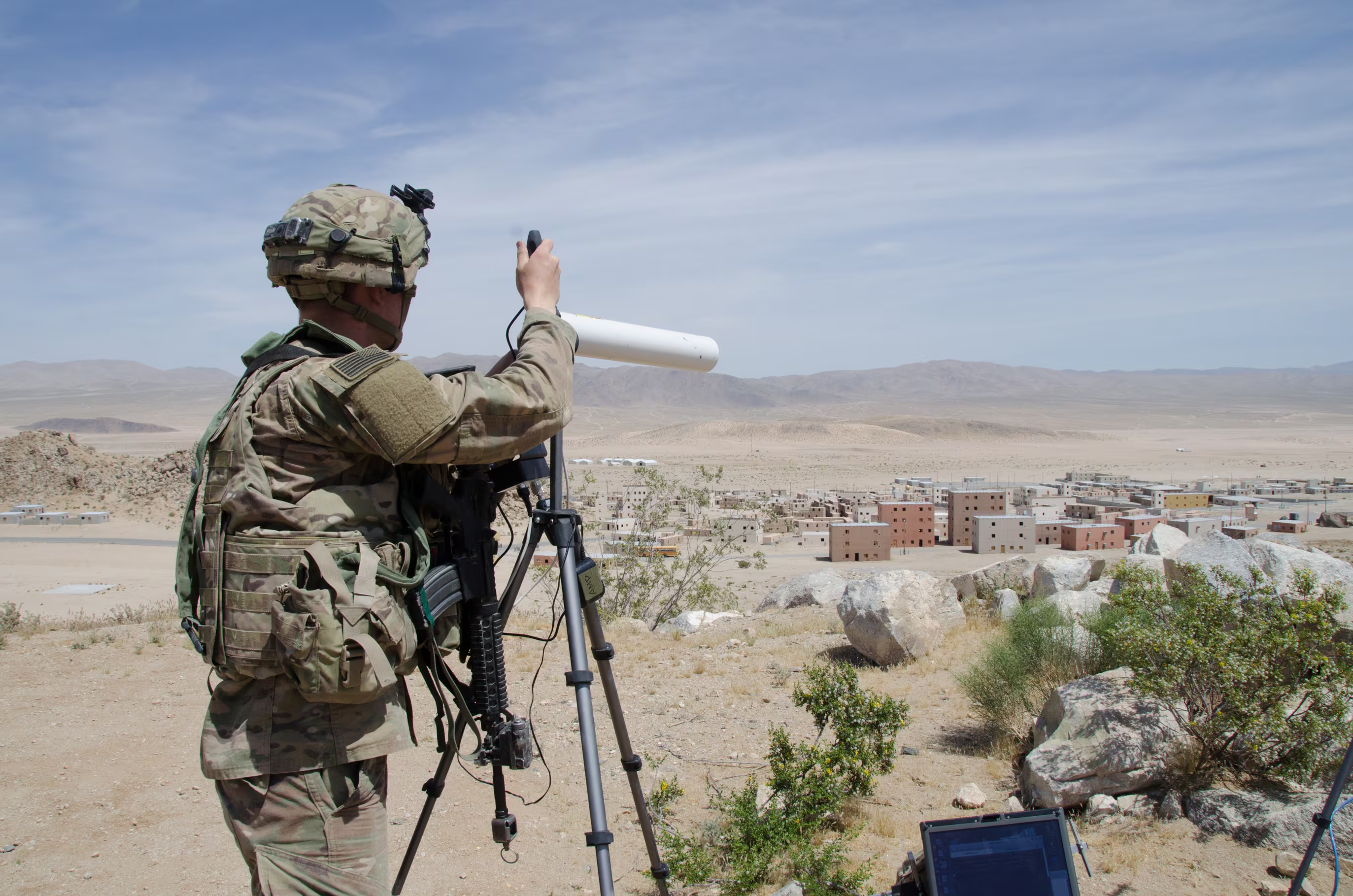Most soldiers who trekked out to the Army’s premier training center in the deserts of Fort Irwin, California, in the past two decades saw a lot of IEDs and hasty ambushes.
But what the National Training Center’s staff are doing now is bigger, faster and more complicated than what most have faced in past rotations.
Brig. Gen. Curtis Taylor spoke recently with Army Times about how NTC and his soldiers are reworking what commanders and brigades will see when they face their biggest non-combat test before future deployments.
They’ve increased their use of simulated lethal drones, forcing leaders to look to the sky like they never had to before. The 11th Armored Cavalry Regiment, the permanent opposition force at NTC, is now adding more than just tanks and artillery rounds to the fight.
RELATED

The new challenge is how well the “peer adversary” that 11th ACR represents can track, analyze and understand what their guest units are doing. That’s because they’re tapping into Low Earth Orbiting satellites, both commercial and military, to follow the U.S. forces as they move about the terrain, Taylor said.
The 11th ACR also has expanded to using Gray Eagle drone capabilities, lethal drone simulations, drone swarms and 4G LTE cellular networks to tie the visiting unit in a kind of virtual web of surveillance and reconnaissance.
And the invisible battle for situational awareness extends to the social realm.
The “transparent battlefield” that Curtis and his staff are creating comes with its own versions of Facebook and Twitter. The installation is also working with synthetic training entities in the Army to find more accurate ways to simulate weapons effects, from small arms to artillery and bombs.
That’s an effort to get tactical level soldiers and operational commanders a more realistic feel for what happens when they conduct a strike or get hit themselves.
Home unit cavalry soldiers have even experimented with 3D printed “bomblets” dropped from hobby drones, much like what fighters saw in the war in Syria in recent years.
“We didn’t tell the OPFOR to do any of that,” Taylor said.
His staff gave the 11th ACR soldiers a 3D printer. They already had 40 quadcopters at their disposal so they created a “poor man’s air-delivered minefield” to flummox commanders they were pitted against.
In November, NTC will send its first exportable training package to Hawaii to train 25th Infantry Division soldiers, Taylor said.
“The Pacific is a very relevant theater that we need to be training for,” he added.
At the same time, NTC is partnering with neighboring and not-so-distant training areas bases in Arizona, Nevada and southern California to provide training options as part of the “Mojave Super box” move to link through the air and virtually all of the various service training sites in the western region.
Those locations include Edwards Air Force Base, California; Nellis Air Force Base, Nevada; and China Lake Naval Weapons Center and the Marine Air Ground Combat Center, both also in California.
The air-focused ranges they can tap into are “phenomenal training for pilots” who work in tandem with the ground forces at NTC, Taylor said.
Todd South has written about crime, courts, government and the military for multiple publications since 2004 and was named a 2014 Pulitzer finalist for a co-written project on witness intimidation. Todd is a Marine veteran of the Iraq War.







